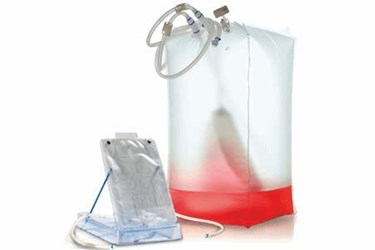Scalability Of Microcarrier Bead Separation Using The Harvestainer Systems Application Note

Current techniques used to separate adherent mammalian cells from microcarrier beads include: sedimentation using conical or inclined settlers, centrifugation, acoustic resonance, spin filtration, and microfiltration. These techniques often use sophisticated equipment, requiring significant capital expenditure as well as routine maintenance, and cleaning and sterilization in between use. Until now, single-use options were restricted to disposable spin filters and hollow-fiber microfiltration systems.
The goal is to demonstrate the effectiveness and scalability of the small-scale and large-scale Harvestainer systems, the 3 L, 12 L, and 25 L systems were used to collect the cells and isolate the microcarrier beads in a model system that employed a 250 L Thermo Scientific™ Hyperforma™ Single- Use Bioreactor (S.U.B.), and an anchorage-dependent cell line grown on dextran-based microcarrier beads. Results of these harvests were compared to show scalability of the Harvestainer systems.
Get unlimited access to:
Enter your credentials below to log in. Not yet a member of Pharmaceutical Online? Subscribe today.
